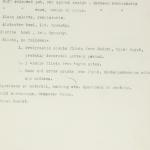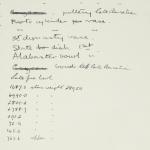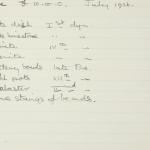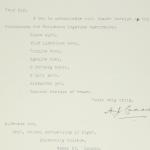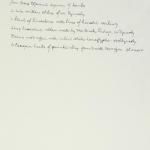1925-26 Faiyum
A good summary of the work is provided here http://faiyum.com/html/neolithic_faiyum.html from which the following is noted:
"The main Faiyum Neolithic is represented by Caton-Thompson and Gardener’s discovery of a number of sites to the north of Lake Qarun. The three main sites:
- Kom W
- Kom K
- Kom M
Koms K and W, containied settlement remains and were separated by two areas of storage silos. They are dated to a Neolithic phase by flint tools (both bifacials and flakes), hammers, bone fragments, pottery sherds and shells. Caton-Thompson described Kom W as the site that defined the Faiyum Neolithic: “This mound, some 600x400 feet in diameter, though by no means as prolific in proportion to its size, furnished enough material to place the enigmatical ‘Fayum industry’ at last in its true context; for, contained in its 5 feet or so deposit were found whole pots of the same rough-faced hand-made pottery whose sherds we had noted on surface sites” Caton-Thompson 1927, p.331). The settlements themselves consisted of depressions, in some cases containing charcoal and/or jars. 248 depressions were found in Kom W and 60 in Kom K. Kom W is the larger of the two sites, around 600m long. The less frequently mentioned Kom M contained around 90 hearths in two concentrations, in which there were wide-mouthed vessels and nearby grinding stones. "
Caton-Thompson and Gardner 1934.





